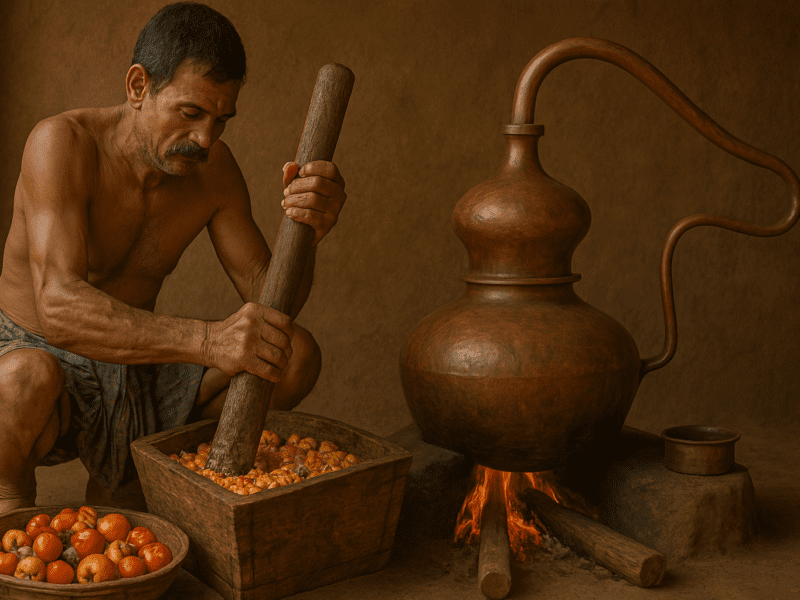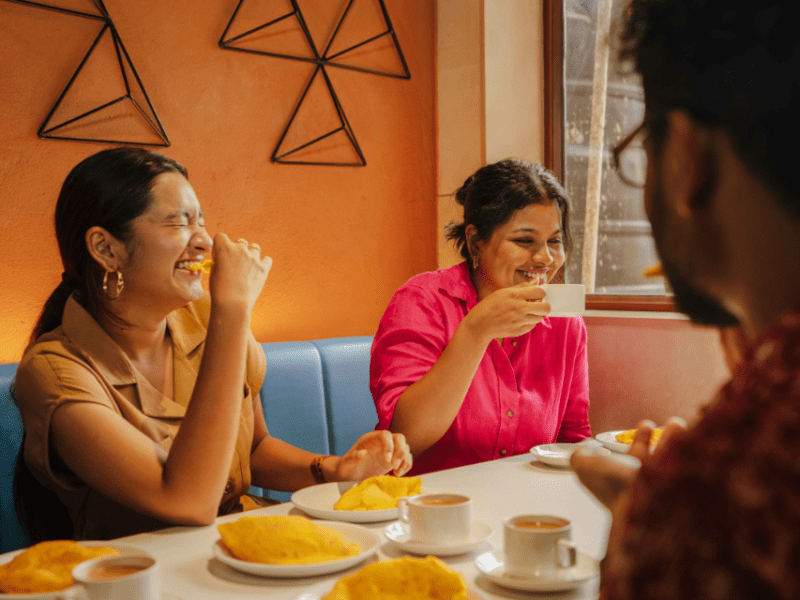When one thinks of Goan cuisine, our minds instantly wander to the iconic fish curry rice. For every Goan and fish enthusiast, the sight of freshly prepared curry over hot, steamy rice with a side of kingfish or pomfret rawa fry is next to heaven. And let’s not forget the famous Goan sol kadi to finish the meal – it’s truly soul food. Are you feeling tempted already? Well, be prepared because your mouth is going to water throughout this blog. Although tourists know Goa is famous for its fish curry rice, they may seldom know about the various varieties of fish curries Goans have innovated.
In this blog, we will explore five different fish curry preparations cherished in Goan households. These are not just recipes; they are pieces of Goan heritage passed down through generations. So, let’s feast our way through Goan fish curries!
The Goan Love for Fish Curry
When in Goa, ask any Goan aunty or aaji (grandmother), and she will tell you a new variety of curry preparation. If we go on a Goan fish curry hunt, the varieties would be endless. This is not a perfect guide – just a few local favorites! The preparations will vary from house to house, village to village, and community to community. But there will be two constants – a fresh catch of fish and lots of love!
5 Different Types of Goan Fish Curry Preparations That Goans Cherish
1. Bangdyache Hooman (Mackerel Curry)
Bangdyache Hooman is a staple in many Goan households. The mackerel, or bangda, is a versatile fish that soaks up flavors beautifully.
Preparation: Start by adding coconut, turmeric, and red chili to a blender and grind to a paste. This paste, called vatap or vatan, will be common in most curry recipes with a few additions. To this, add green chili and tefla (tirphal) for an extra kick.
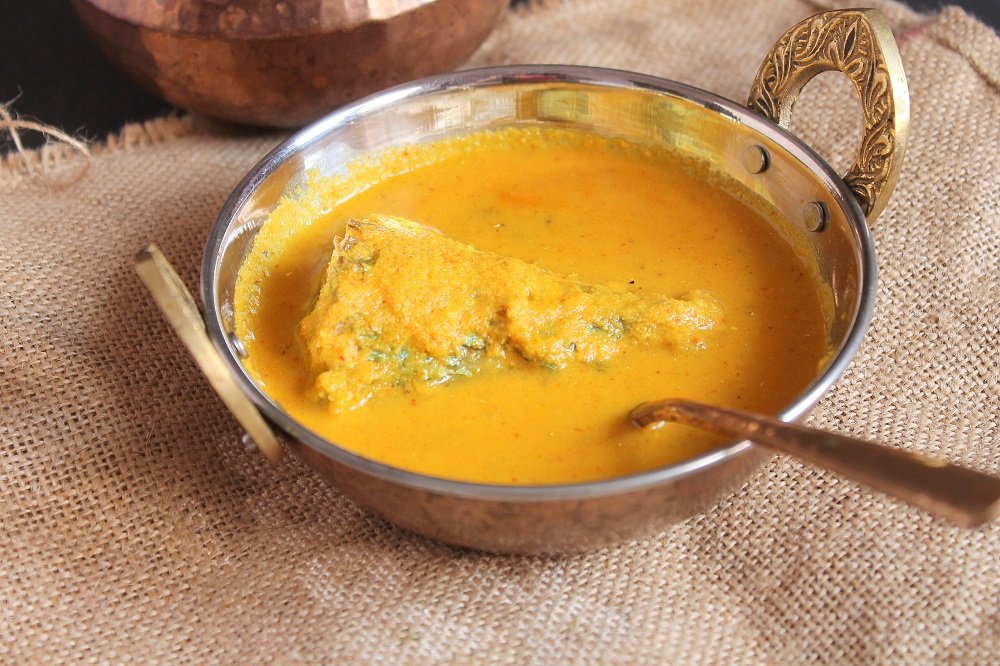
For sourness, add ambade (Indian hog plum), ambli (raw mango), or bimbla (bilimbi). If you don’t have any of these on hand, tamarind is a great substitute. Clean and cut the mackerel, and after the paste is cooked, add the fish to it. Once it comes to a boil, add kokum (sol) and adjust the taste with salt.
Insider Tip: The secret to a perfect Bangdyache Hooman lies in using fresh coconut and the right balance of sour elements. Each family has its twist, but the essence remains the same.
2. Sungtache Hooman (Prawns Curry)
Prawns curry, or Sungtache Hooman, is another favorite, known for its rich and creamy texture.
Preparation: Start by stir-frying chopped onions in oil. Then add cleaned prawns as well as the neck of the prawns if you like. For sourness, add ambade, ambli, or bimbla. If not, add tamarind. Then, add radish, drumsticks, or lady fingers to the curry to enhance the taste – but remember, just one, not all three!
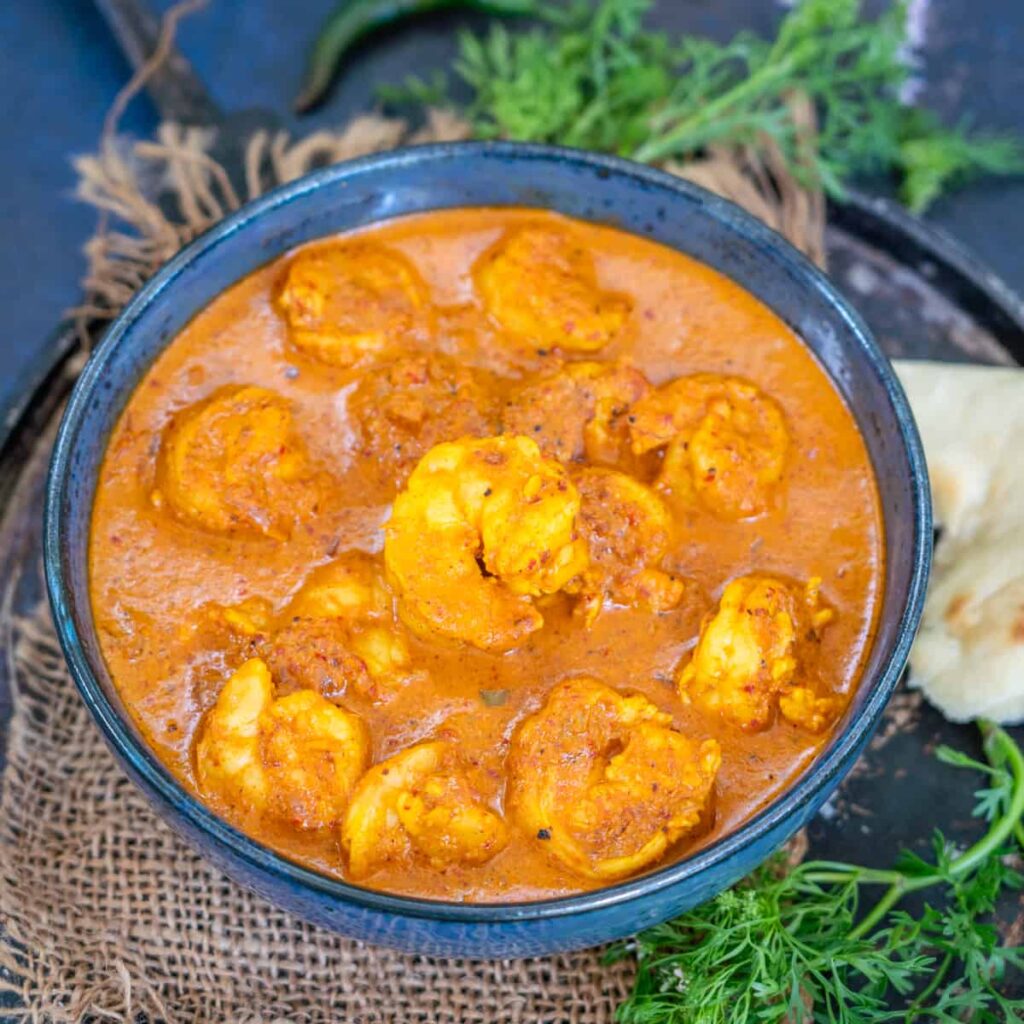
For the paste, grind turmeric, coconut, pepper, coriander seeds, and red chili. Another variety of this dish is to add coconut milk to it. Add water, bring to a boil, and adjust the salt.
Pro Tip: If you have nothing on hand, tamarind is your go-to for adding that perfect sourness.
3. Sungtache Solantle
Sungtache Solantle is a unique prawn curry more commonly found in Catholic households in Salcette.
Preparation: What sets this dish apart is the absence of ground coconut. Start by sautéing chopped onions. Add prawns, cut lady fingers, and ambade or ambli. Cook until done.
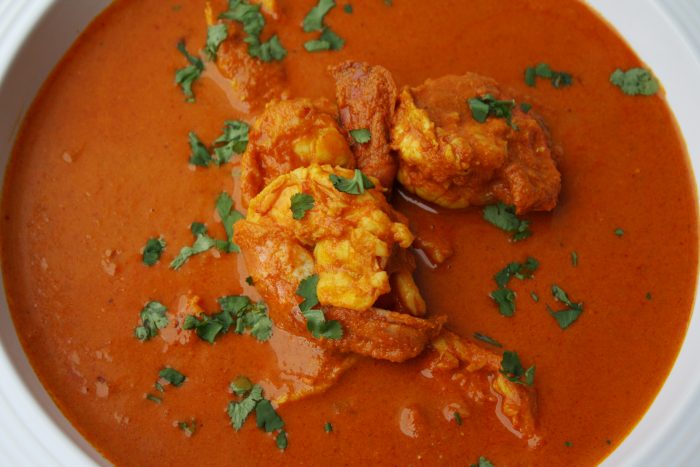
For the masala, grind dry chili, pepper, cinnamon, cloves, and garlic. Add tamarind to the mix if you are skipping ambade or ambli. Add the masala to the cooking prawns, followed by salt and kokum.
Insider Tip: The key to Sungtache Solantle is the balance of spices. The dry roasted masala gives it a distinct flavor that’s hard to resist.
4. Bangdyachi Uddamethi
Another delightful mackerel preparation is Bangdyachi Uddamethi, known for its unique taste.
Preparation: Grind grated coconut, turmeric, dry red chilies, and tamarind. For the tadka, fry methi (fenugreek seeds), pepper, uddat dal, coriander seeds, and a bit of white uncooked rice in hot oil. Add this to the same paste and grind.
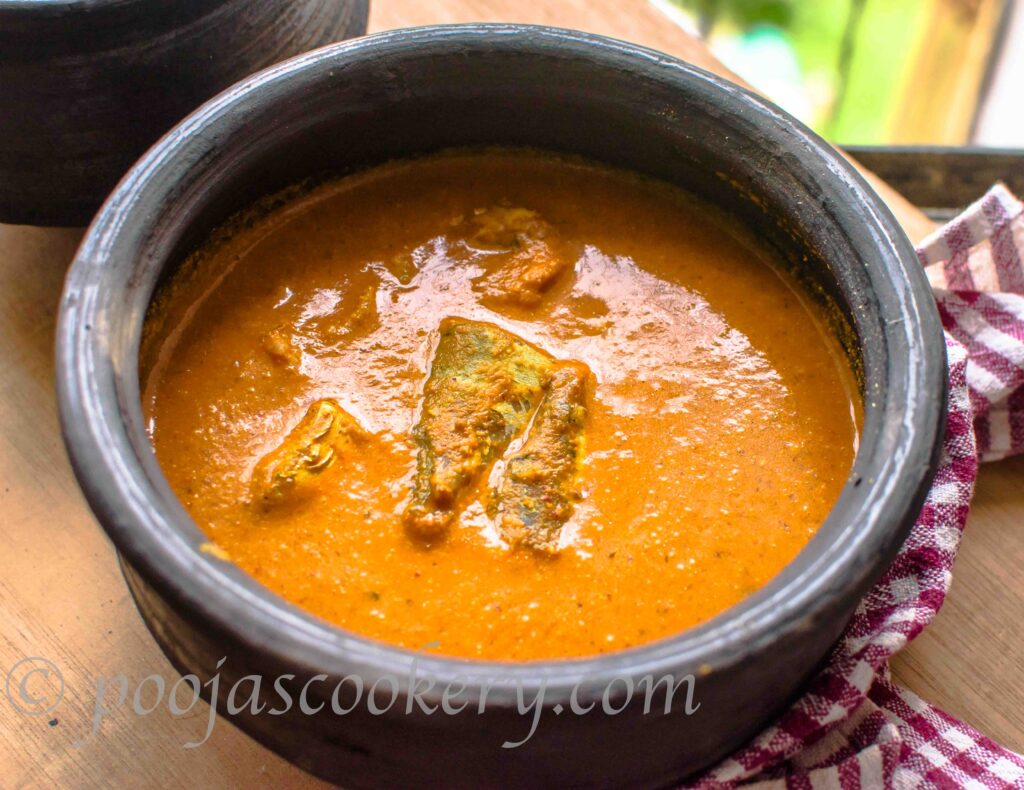
In a pan, fry onions in oil, add the ground paste, and cook. Bring it to a boil, add mackerel pieces marinated in salt, and throw in two kokum pieces after the curry is almost cooked.
Pro Tip: The combination of methi and kokum gives this curry a distinctive tangy and slightly bitter flavor that’s absolutely delicious.
5. Tallyache Jire Mire (Sardines Curry)
Tallyache Jire Mire is a simple yet flavorful sardines curry that’s a must-try.
Preparation: Fry onions, add water, and bring to a boil. Add the masala – ground coconut, turmeric, dry chilies, pepper, cinnamon, cloves, garlic, and tamarind. If you have ambade or amli, skip the tamarind.
After the masala is cooked, add sardines marinated in salt. Once cooked, add two kokum pieces.

Insider Tip: Sardines soak up the flavors of the spices wonderfully. This curry tastes even better the next day, as the flavors meld together.
Goan fish curries are a true reflection of the state’s rich cultural heritage and the love for food. Each curry tells a story of tradition, innovation, and the love that goes into cooking. Whether you’re a local or a traveler, these fish curries offer a taste of Goa that’s both comforting and exciting.
Next time you’re in Goa, don’t just stick to the well-known fish curry rice. Venture out and ask the locals for their family recipes. You might stumble upon a hidden gem that will make your culinary journey unforgettable.
So, what are you waiting for? Grab your apron, head to the local fish market, and try out these delightful Goan fish curry recipes. Bon appétit and happy cooking!

